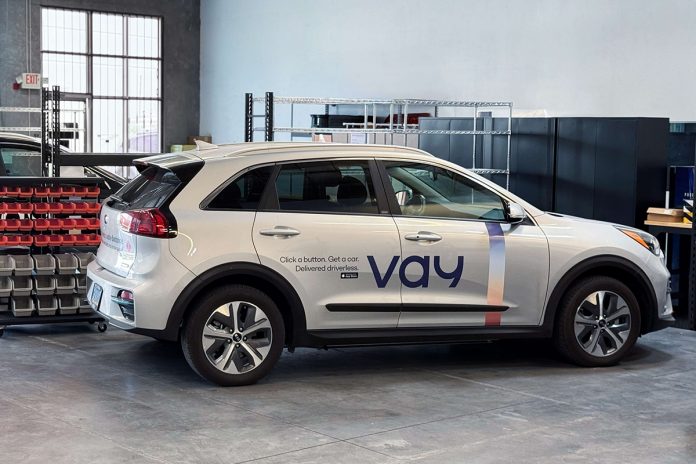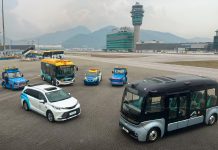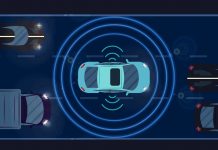Vay, a provider of remote driving technology, has announced that it plans to scale its Las Vegas fleet up to 100 vehicles by 2025.
To meet the growing demand for its services, the company has likewise secured a production facility of over 8,500 square feet in the city to optimize the development of Vay’s Kia e-Niro fleet and serve as its primary hub for hardware deployment. In anticipation of this expansion, and the launch of its remote truck driving service, Vay will hire new remote car and truck drivers across 2025. Today, the company provides services throughout central Las Vegas, encompassing the Strip, busy hotels in the city, and nearby attractions.
Vay’s remote car service is hosted through its mobile app, where users can request an EV to be remotely delivered to their location. Once it arrives, the user enters and drives the vehicle themselves before ending the rental within the app and exiting the car at the end of the trip, after which a remote driver takes control of the vehicle eliminating the need for the user to find a parking space. Operating on a pay-per-minute model, and without membership fees, Vay says that the rental service reduces costs by half compared to conventional ride-sharing options.
Through its offering of cost-effective and sustainable door-to-door mobility, Vay is ultimately aiming to make remote driving services more universally accessible. The company has more recently expanded its offerings to include B2B services, enabling remote driving for private cars, trucks, vans, and autonomous vehicles among others. The remote drivers at the helm of Vay’s services, in order to carry out its operations, must go through the Vay Remote Driving Academy, a comprehensive training program that prepares them for professional driving on public streets. Through rigorous training and advanced technology, it provides the necessary skills to operate Vay’s AVs confidently while consistently maintaining a safe and defensive driving style.
Once trained, the remote drivers sit at a remote driving station equipped with a steering wheel, pedals, and other vehicle controls developed in accordance with automotive industry standards. The service itself operates from 6:30 AM to 10:00 PM, during which the AV’s camera sensors reproduce the car’s surroundings and transmit them to the screens of the remote driving station. Road traffic sounds, such as emergency vehicles and other augmented warning signals, are also transmitted to the remote driver’s headphones through the vehicle’s on-board microphones.
Safety remains a key focus for Vay, particularly Functional Safety (ISO 26262) and Cybersecurity (ISO 21434). To validate its safety standards, TÜV Süd, an internationally recognized independent third-party organization specializing in testing, certification, auditing, and advisory services, thoroughly tested Vay’s technology before giving it a positive endorsement.












